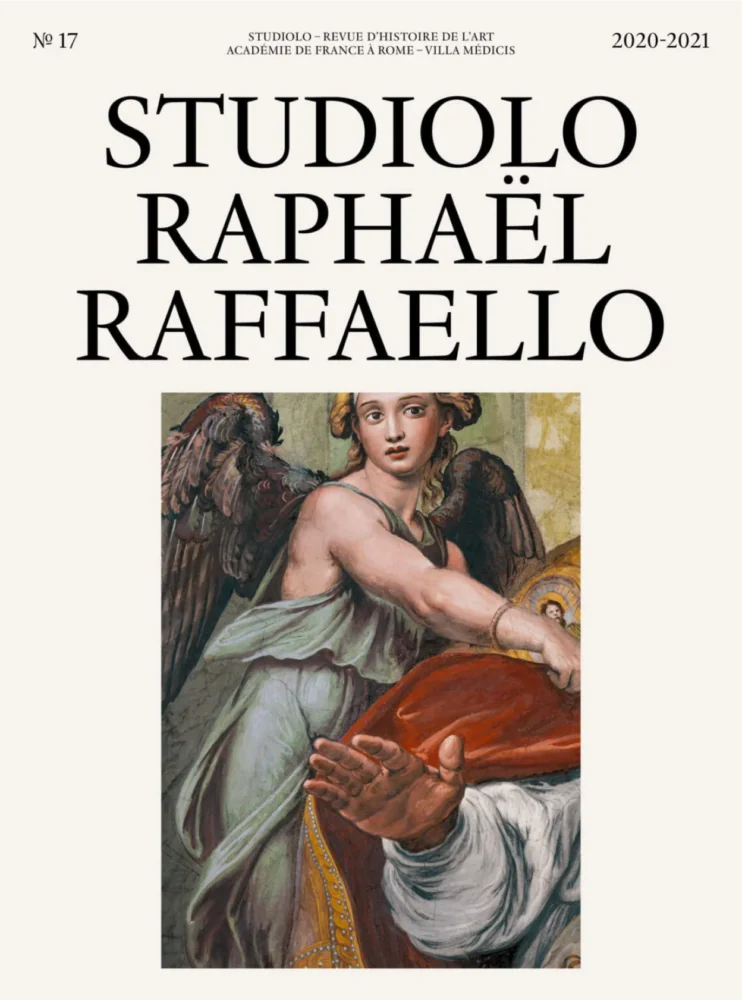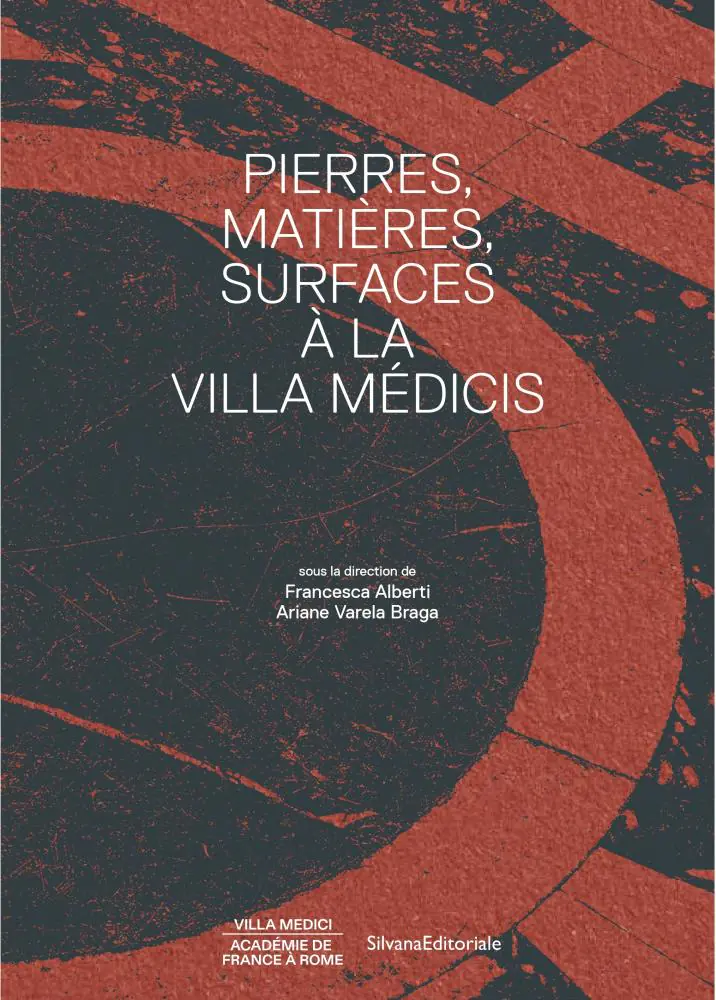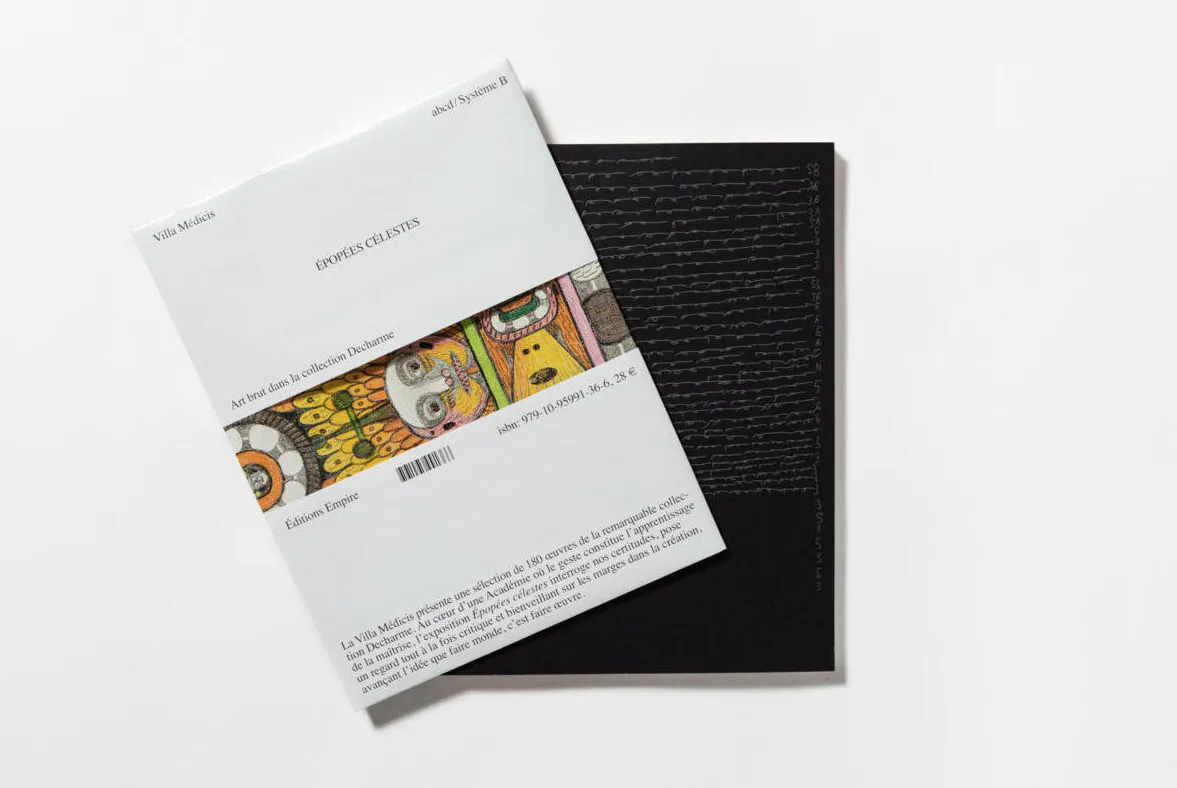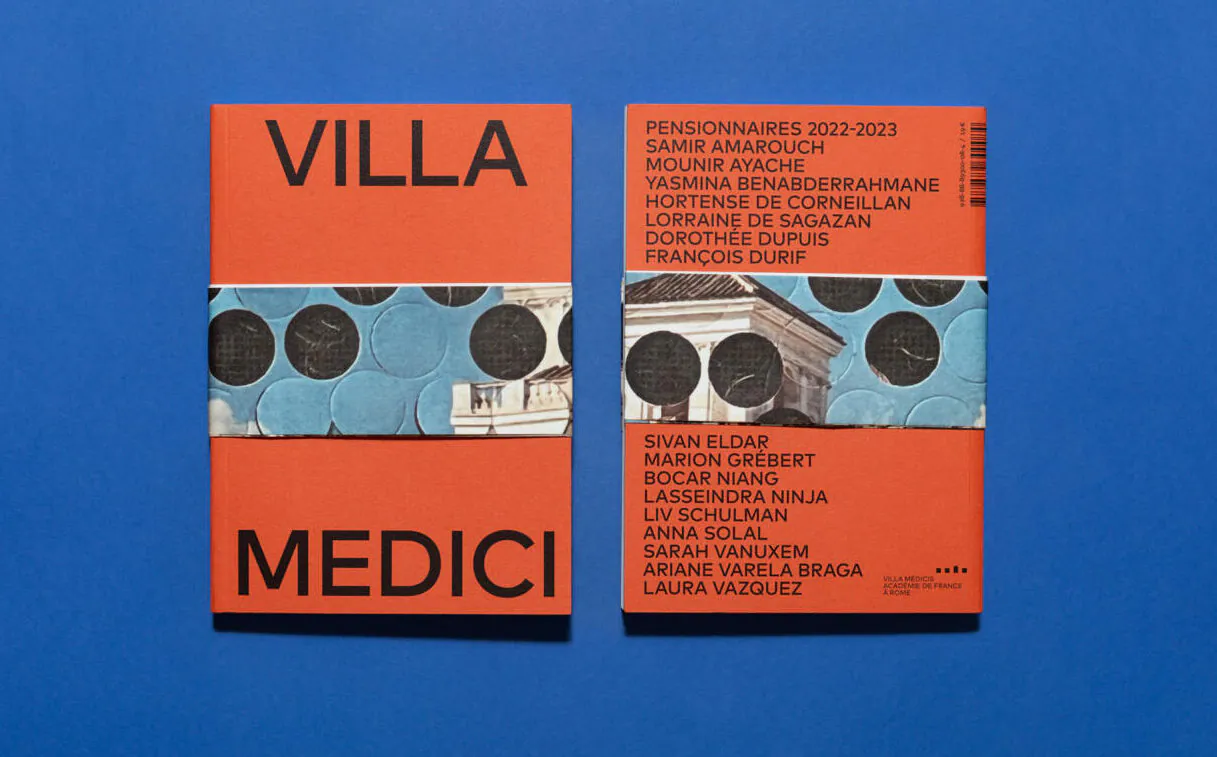Search
Research
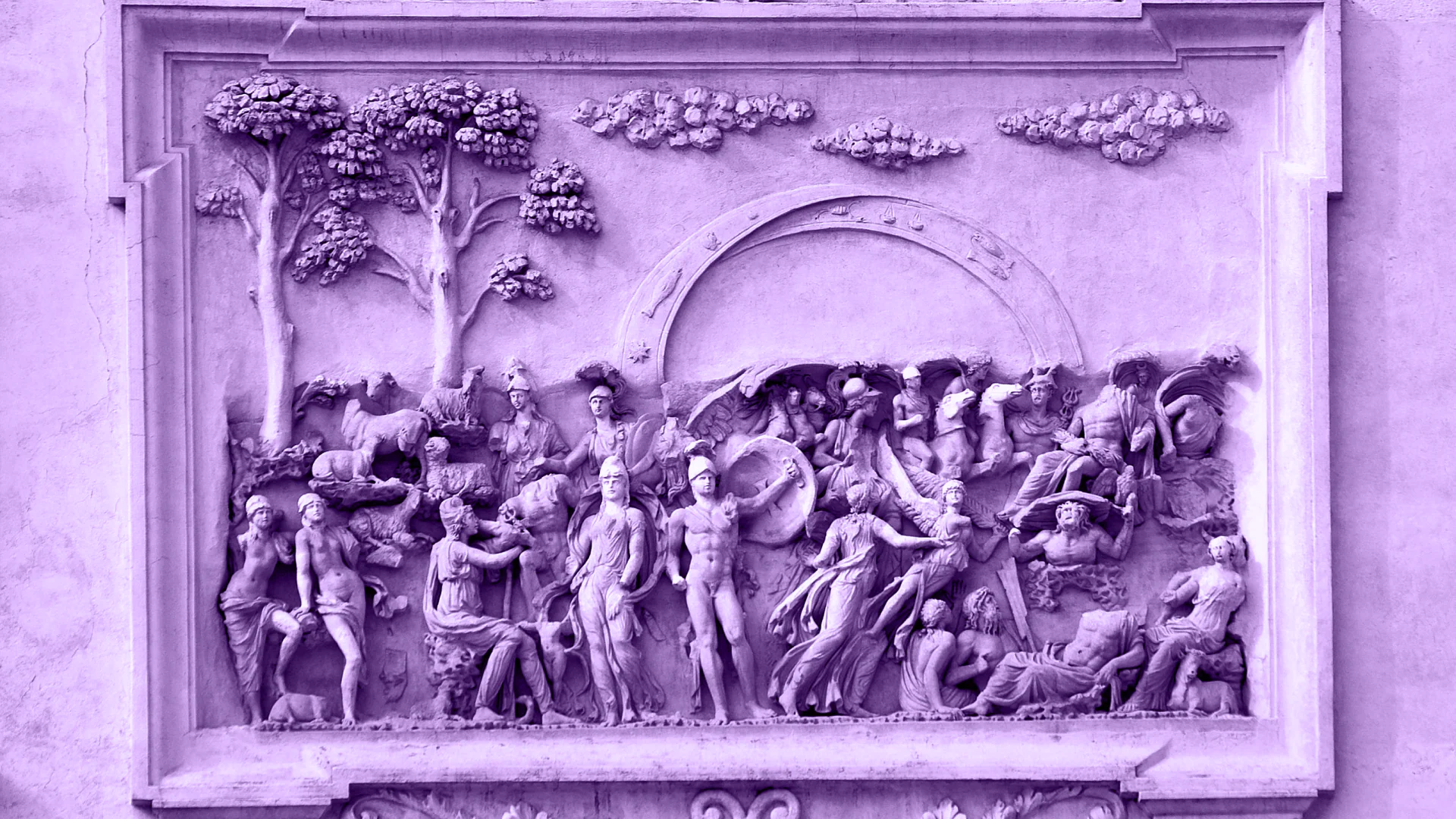
This way
→
Founded in 1970 on the initiative of André Chastel, the Department of Art History is dedicated to the conservation, study and promotion of the collections of the French Academy in Rome, as well as the ancient archives and heritage holdings of its library. It promotes research in all areas of art history and organizes symposia, meetings and study days.
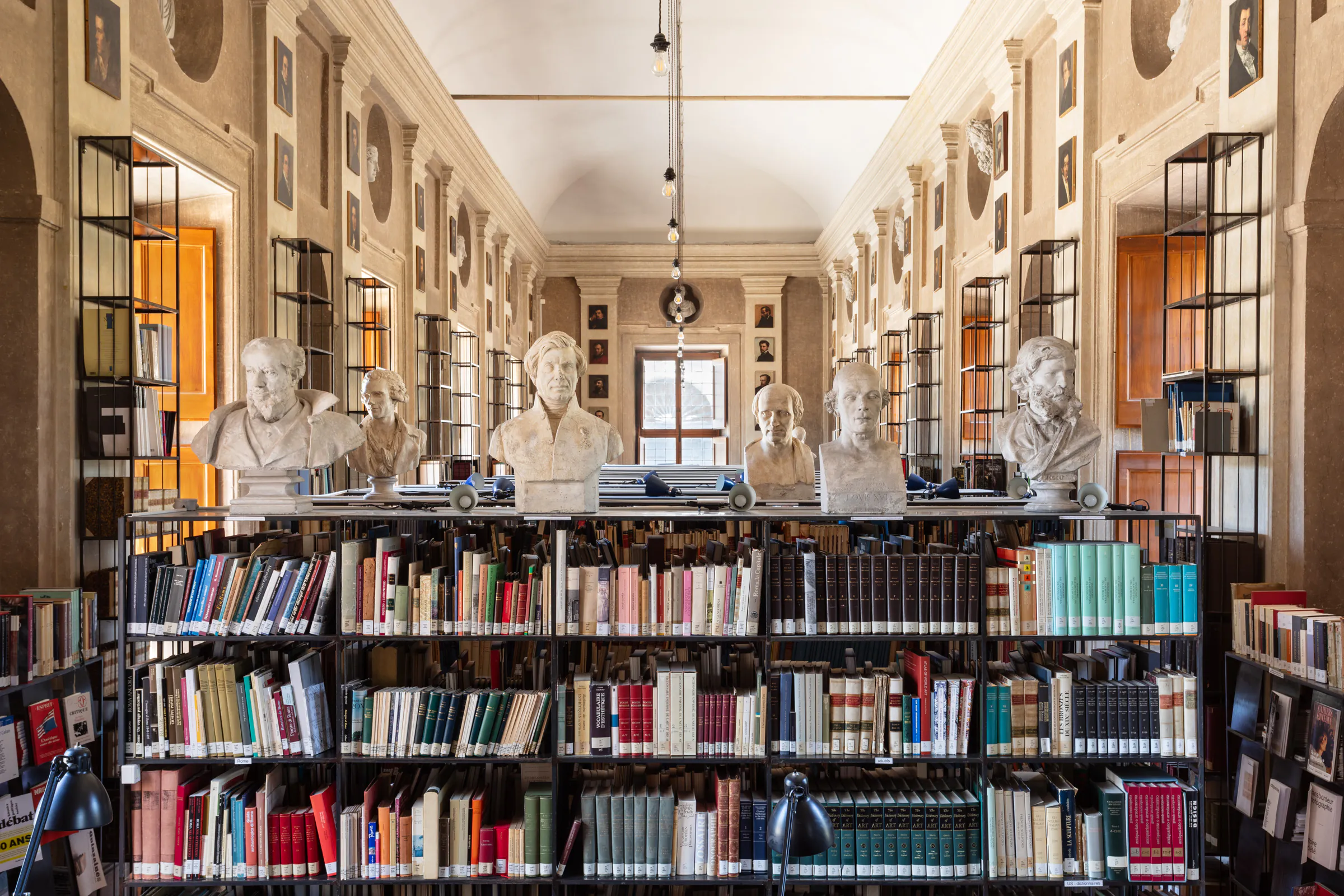
Scientific projects
The Art History Department promotes research that is open to the most up-to-date aspects of the discipline, in terms of both methods and objects. In partnership with institutions in France, Italy and abroad, it organizes colloquia and study days, supports research projects and produces scientific publications such as the journal Studiolo and the collection Actes. Since 2024, together with the École française de Rome, the Soprintendenza speciale di Roma and the École Pratique des Hautes Études, the department has been involved in the five-year project Carracci ConservArt project, the aim of which is to study the Carracci Gallery in the Palazzo Farnese through the unpublished results of the latest major restoration campaign.
Residences
Villa Medici welcomes art historians and theorists, curators and restorers for one-year residencies. Other schemes enable them to benefit from shorter stays, notably residencies organized in partnership with the École française de Rome (8 PhD students per year), the Institut national d’histoire de l’art (2 researchers per year), and the Kunsthistorisches Institut in Florence.
Find out more about our residency programs and current residents and fellows.
The library
Housed in the former Galerie des Antiques of Ferdinando de’ Medici, the library of the French Academy in Rome was created in 1803 by Joseph-Benoît Suvée, director from 1795 to 1807. It contains over 38,000 volumes and 40 periodicals on subscription, reflecting the history and current status of the disciplines represented at Villa Medici. Books cover the visual arts, architecture, art history, music (with many contemporary scores), photography, film, literature and comic strips. The library has an antiquarian collection of around 1800 works (including 800 pre-1800) and a collection of old and modern musical scores of around 2400 works. One of the library’s missions is to provide the most accurate possible overview of current artistic events by acquiring catalogs of major exhibitions in France and abroad, as well as the most important artists’ monographs, with particular emphasis on links between France and Italy since the Renaissance.
Ancient collection of volumes
The antiquarian collection consists mainly of 18th-century editions, but also includes seven 16th-century books and thirty-two 17th-century editions. These include Félibien, Pietro Santi Bartoli, the Gravures du Cabinet du Roi and Bernard de Montfaucon’s L’Antiquité expliquée. An almost complete collection of Piranesi’s engravings and several accounts of travels in Italy (Lalande, Labat, l’Abbé de Saint-Non) make up the other most valuable works in the early collection. Finally, the history of art is represented by early editions of various theoretical treatises (Dürer, Félibien, Roger de Piles, Mengs, Winckelmann). As for architecture, in addition to classical treatises, there are numerous volumes describing Rome: Desgodez, Guattani, Falda, Percier et Fontaine, Bartoli, Lagardette. In addition to art history (La Vie des peintres by Landon), the 19th-century collection focuses on two main fields: architecture, with major works by Quatremère de Quincy, Viollet-Le-Duc, Canina and Valadier, and music. The early music collection – catalogued with the help of the Palazzetto Bru Zane – consists mainly of opera scores, covering a period from Lully’s earliest prints to the works of Bizet and Saint-Saëns, and including the most prominent protagonists of 18th and 19th century French theater. Operas by Italian musicians who lived in France during the second half of the 18th century, such as Piccinni, Sacchini and Paisiello, are particularly well represented, as are French scores from the early 19th century. The catalog of pre-1900 scores, written by Paolo Russo and Irene Maffei, was published by the Florentine publisher L.S. Olschki, and can now be consulted online. The library’s “treasures” also include the “Collection Muro Torto”, where Christian Prigent, fellow writer in 1979-1980, printed collections of poems and short stories on a small manual press. In addition to a number of manuscripts, the library also holds the travel drawings donated to Villa Medici by the heirs of the architect Alfred Nicolas Normand, and a number of works from the Nadia Boulanger Bequest.
How to access the library
The library is primarily available to fellows and Villa Medici residents for their research and work. Secondly, it is open to any researcher, professor, curator or student with a scientific research project in progress, whose topic is compatible with the library’s holdings. The library is mainly composed of French-language books. For external readers, consultation by appointment with : Raffaella Carchesio, librarian French Academy in Rome – Villa Medici [email protected] / +39 06 67 61 263
The library is integrated into the Farnese and URBiS online catalogs:
The archives
Villa Medici houses some of the documents produced by the French Academy in Rome. Most of the archives produced by the Academy before it moved to Villa Medici in 1803 were destroyed when the Palazzo Mancini was sacked in 1793. The salvaged documents are now kept at the Archives nationales in Pierrefitte-sur-Seine (France). The archives include the correspondence of the directors, the financial management of the institution, monitoring of the buildings and gardens, exhibitions and cultural events, as well as descriptions of the work of fellows. The holdings are of all kinds: manuscripts, photographs, plans and digital data. The historical archives have been progressively transferred to the National Archives since 2015. Explore the archives online or consult the FAQ if you have any questions.
Digital resources
Five digital platforms enable visitors to explore the historical collections and archives of Villa Medici (the Base d’Antin and the Archives of Villa Medici), to discover the history of fellows from 1666 to 1968 and the works they produced in Rome between 1804 and 1914 (the Biographic dictionary of fellows of The French Academy in Rome and the Répertoire des envois de Rome en peinture et sculpture). Finally, the Album of Villa Medici brings together, in the form of a participative platform, amateur photographs that bear witness to what life was like for its residents, fellows residents, guests and teams, passengers for a night or a lifetime.
Base d’Antin: collections of the French Academy in Rome – Villa Medici.
Archives of Villa Medici: correspondence between directors, financial management of the institution, monitoring of buildings and gardens, cultural events and descriptions of the work of fellows.
Biographical dictionary of the fellows of the French Academy in Rome from 1666 to 1968.
Répertoire des envois de Rome en peinture et sculpture works produced by fellows between 1804 and 1914.
Album of Villa Medici digital album of photographs documenting the history of Villa Medici from 1850 to the present day. You too can upload your images!
Publications
Villa Medici editorial program is punctuated by the annual release of art history publications such as Studiolo magazine and the Actes collection. Founded in 2002, Studiolo is an international peer-reviewed journal, rated A by the Agence nationale d’évaluation du système universitaire et de recherche (ANVOUR). Each issue is structured around a thematic Dossier and four sections: Varia, open to off-theme proposals; Débat, devoted to historiography; Villa Medici, history and heritage, focusing on the history of the French Academy in Rome and of Villa Medici and Champs libre, a space welcoming proposals from the current year’s fellows. The Actes collection is dedicated to the publication of collaborative projects resulting from colloquia and research carried out by the department, focusing on artistic production and the circulation of images between Italy, France and Europe, from the Renaissance to the present day. Other publications contribute to research and knowledge of the place and institution, such as the Correspondances des directeurs series published in partnership with the Société des historiens de l’art français, the five volumes dedicated to the history and collections – Villa Medici – or more recently the work Pierres, matières et surfaces at Villa Medici.


